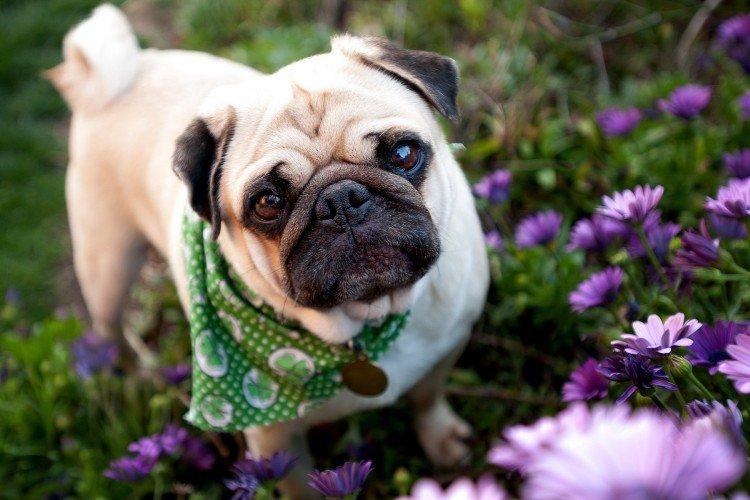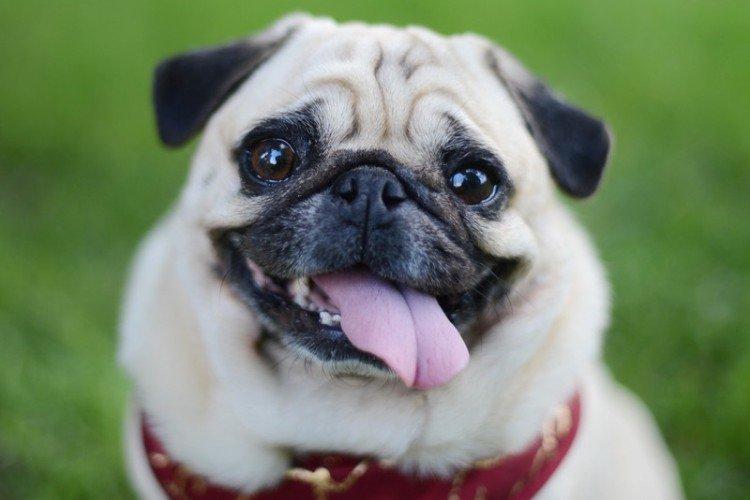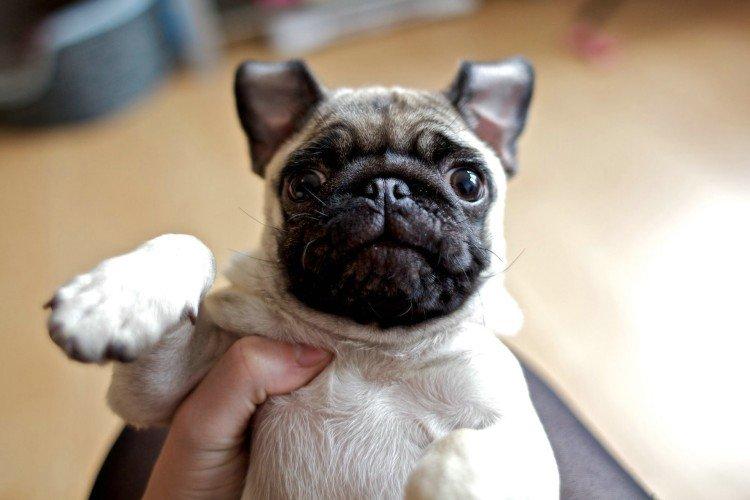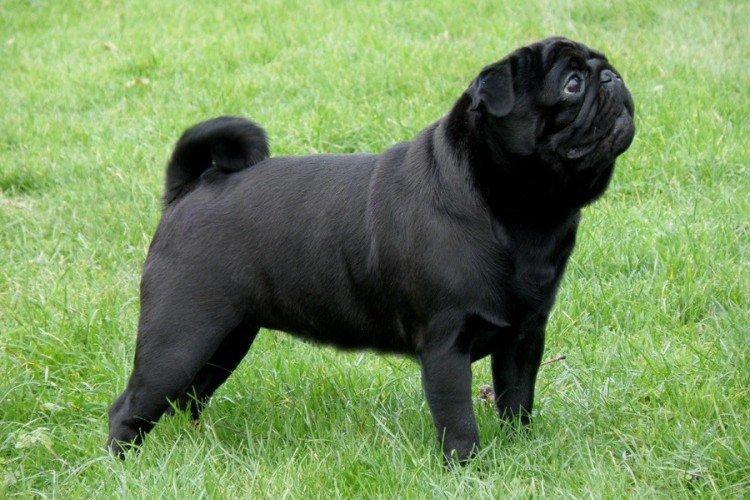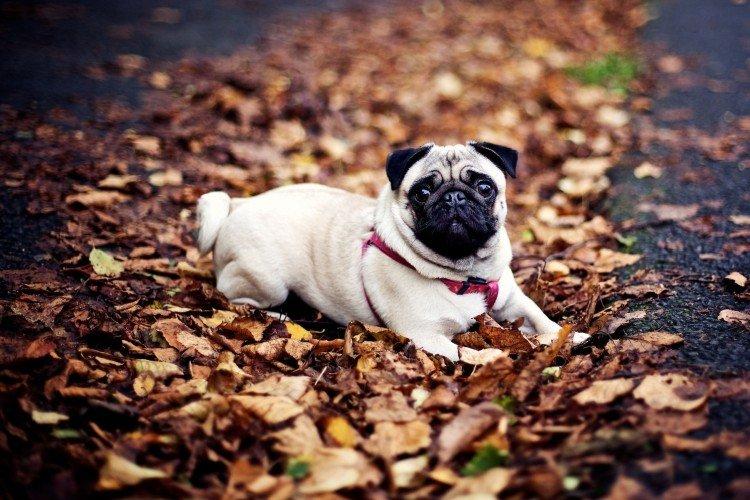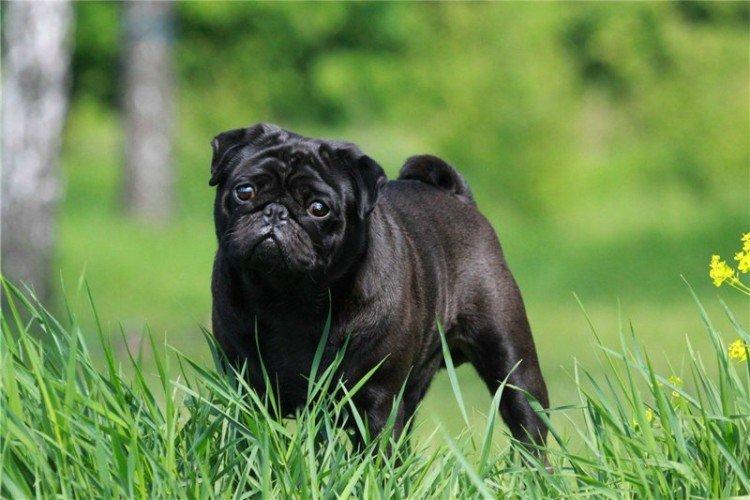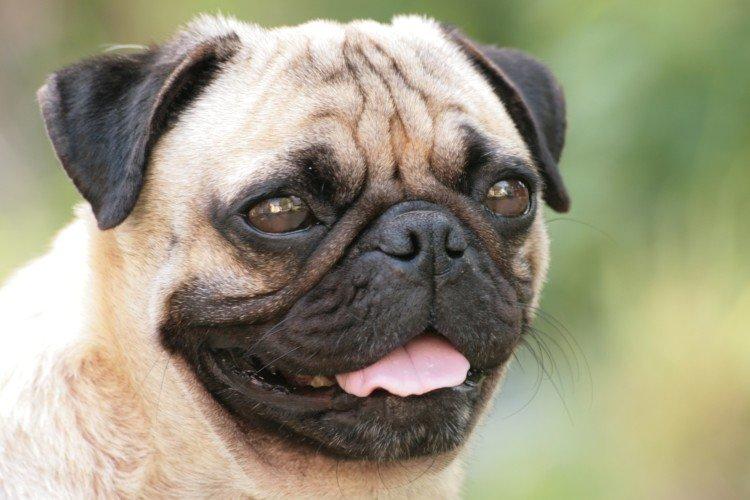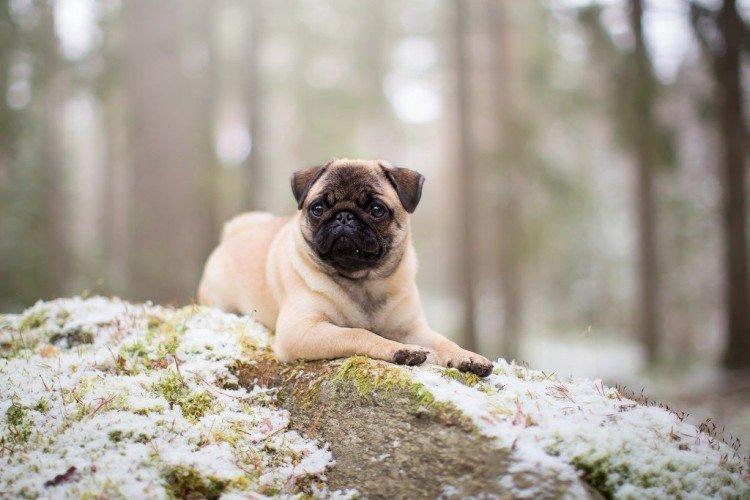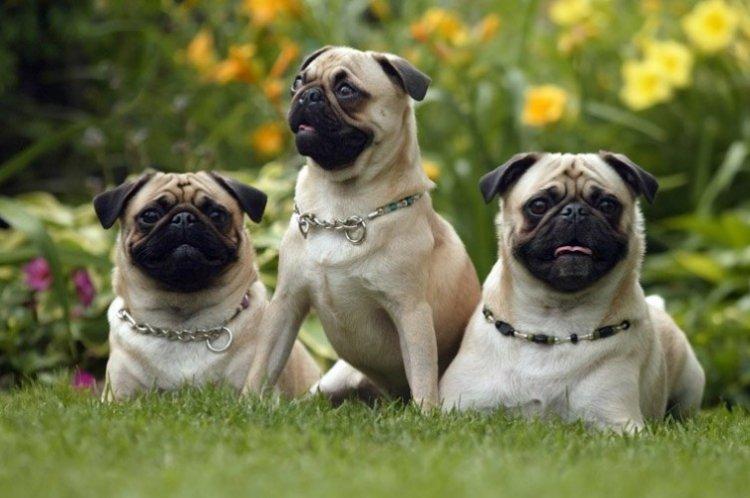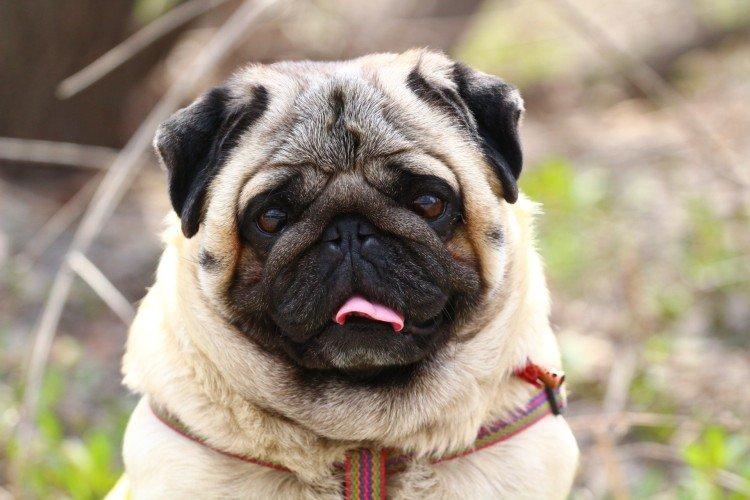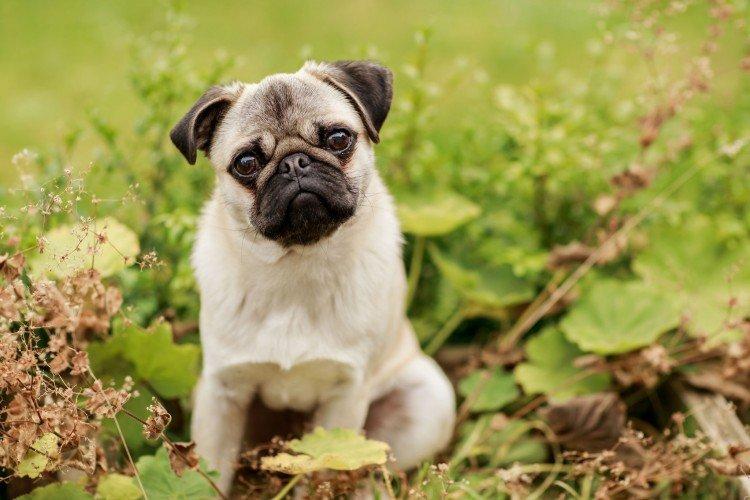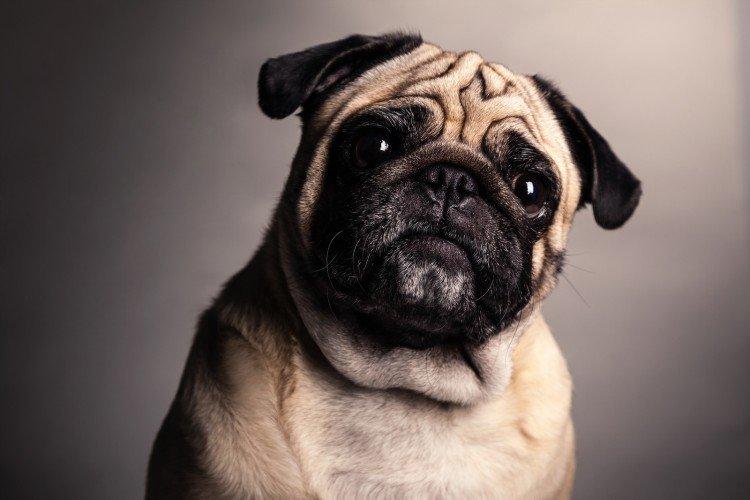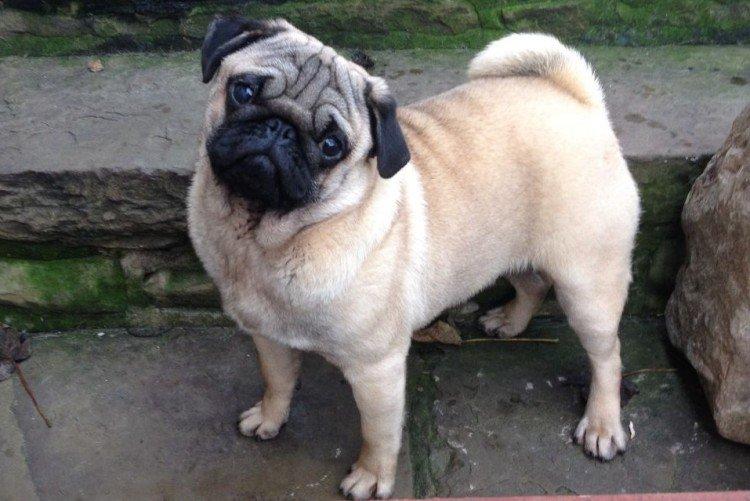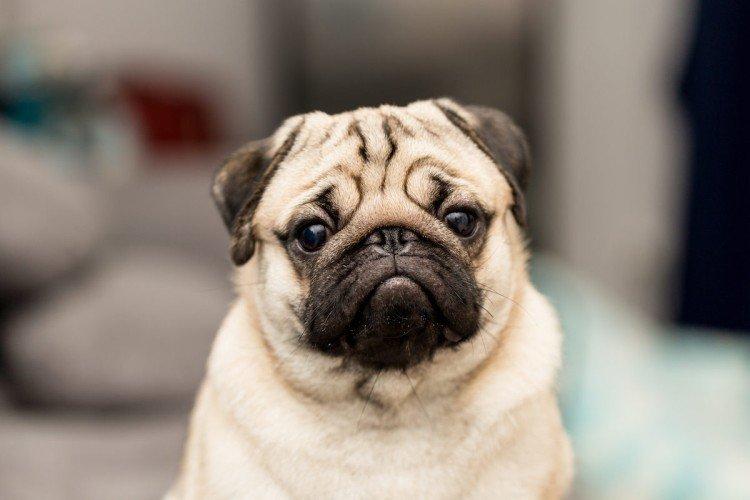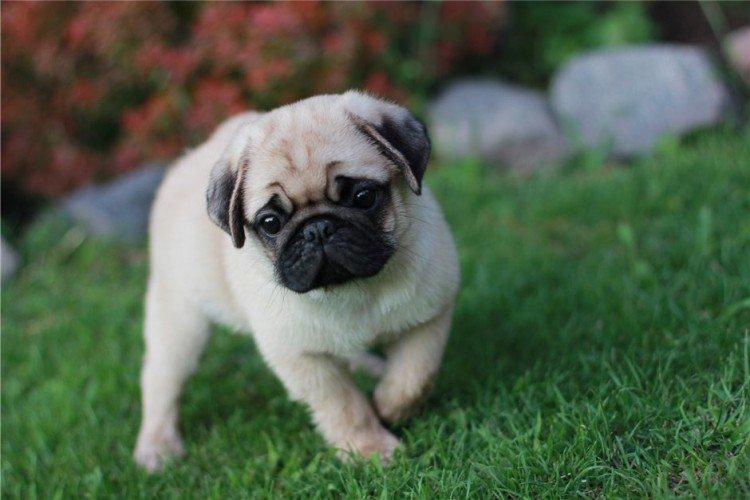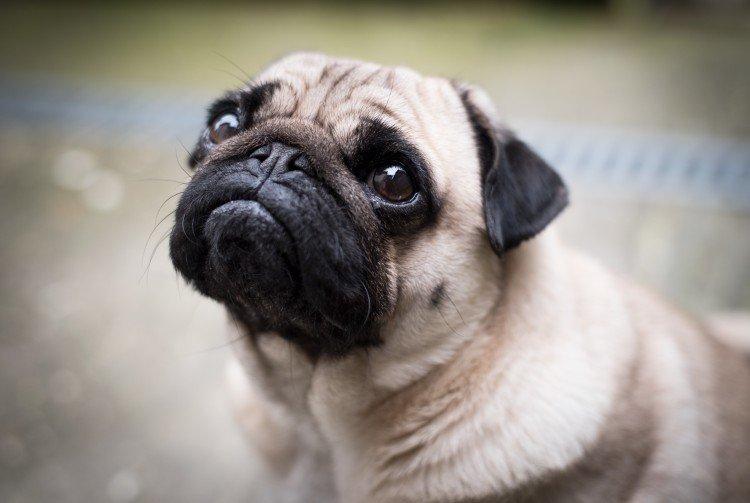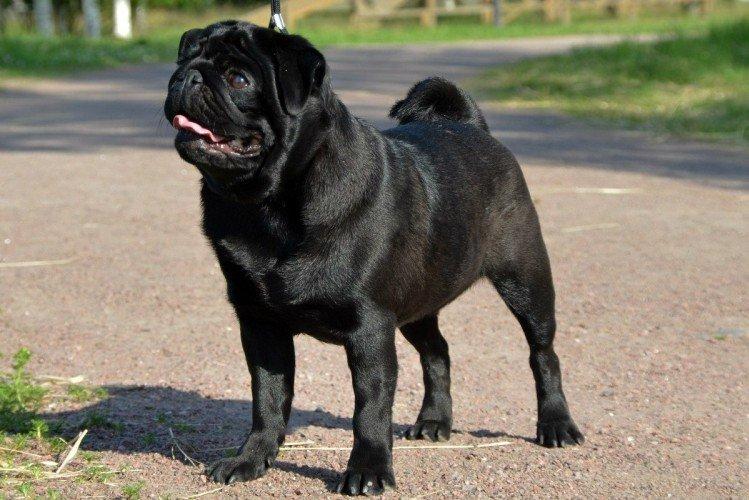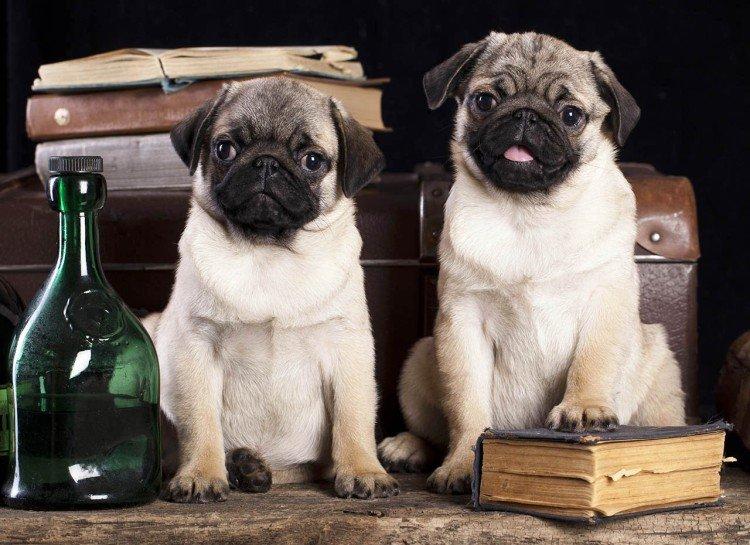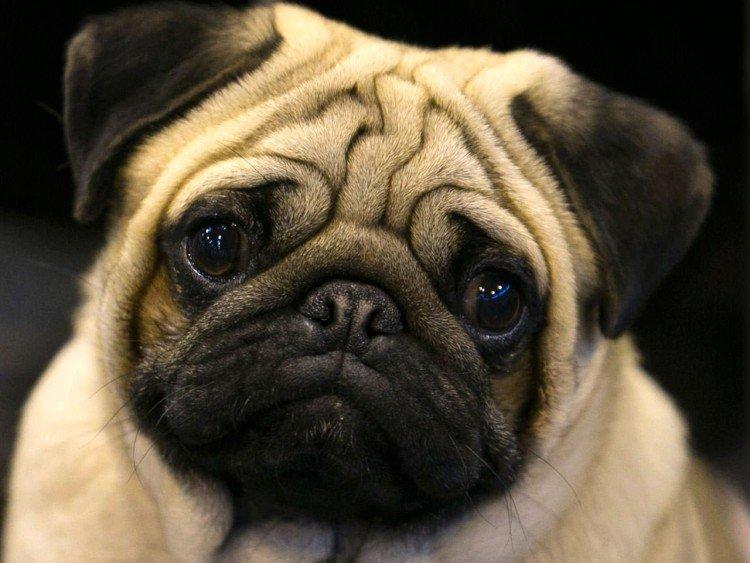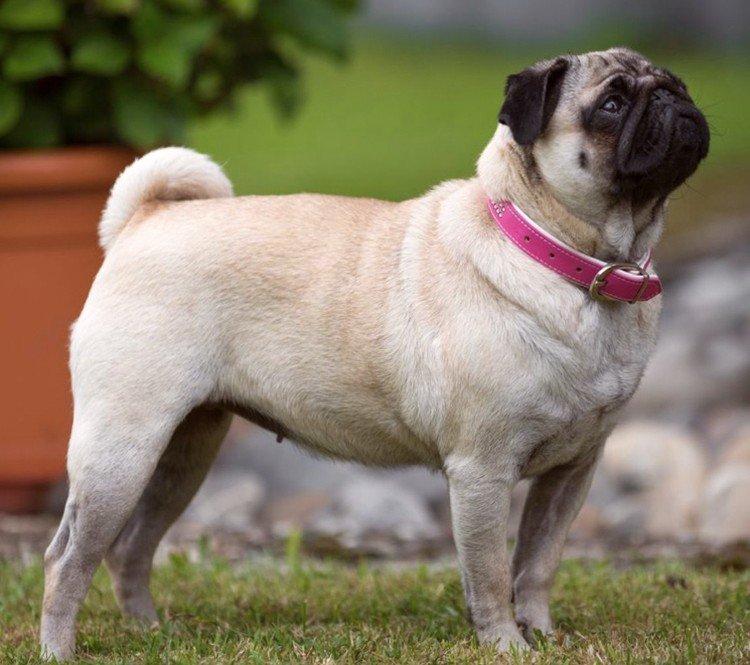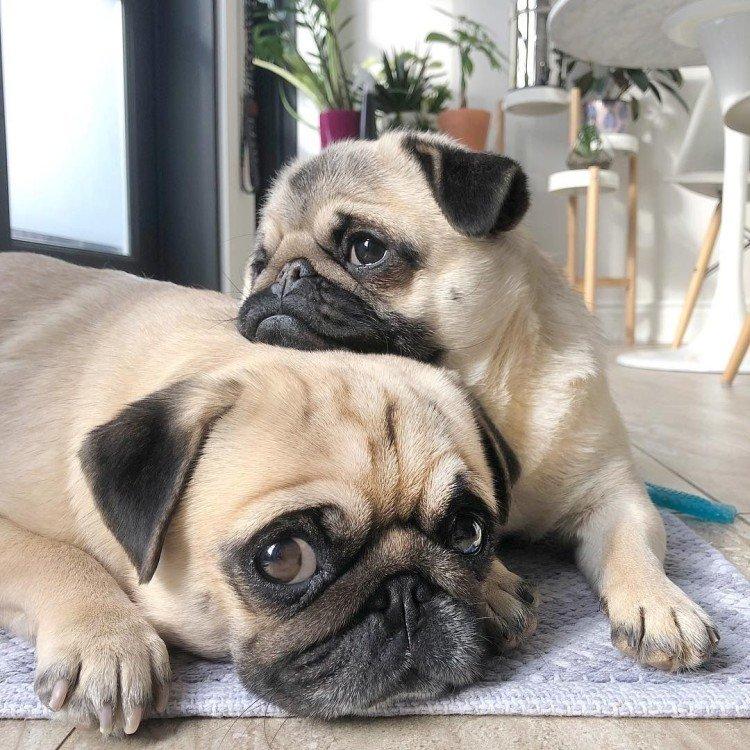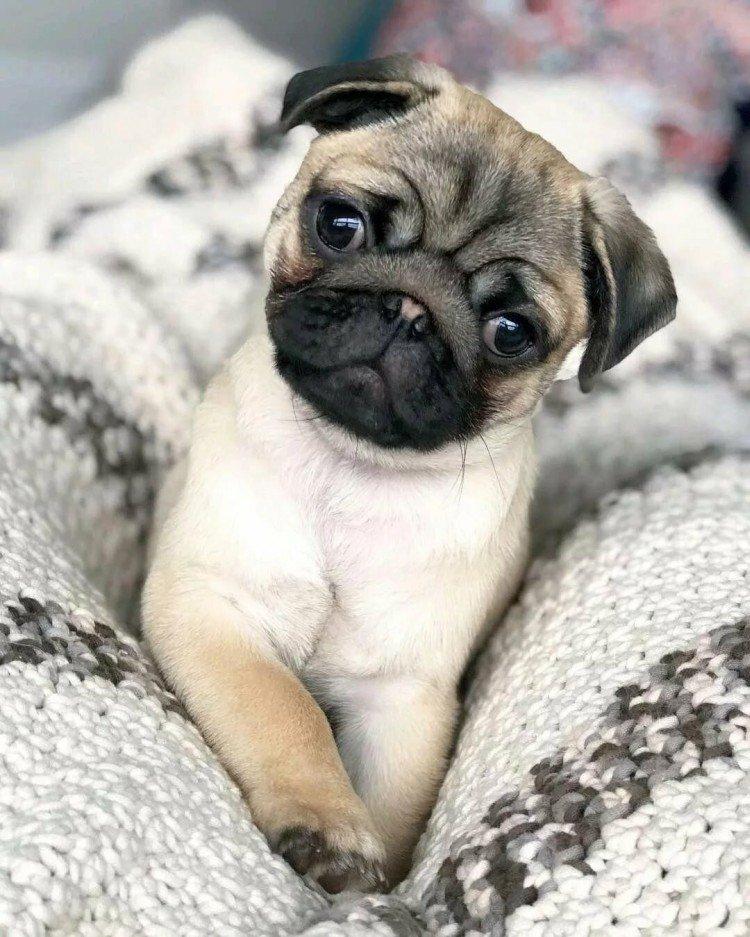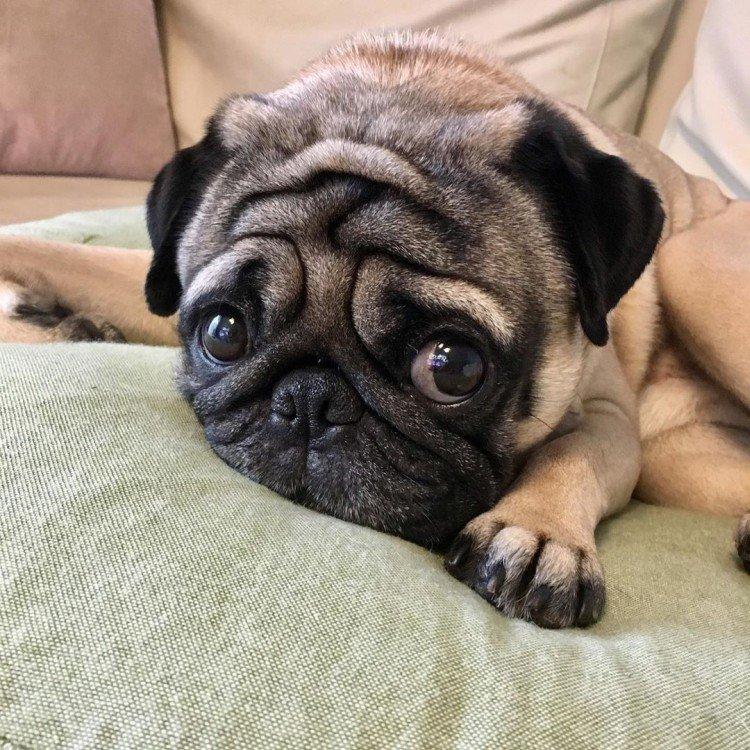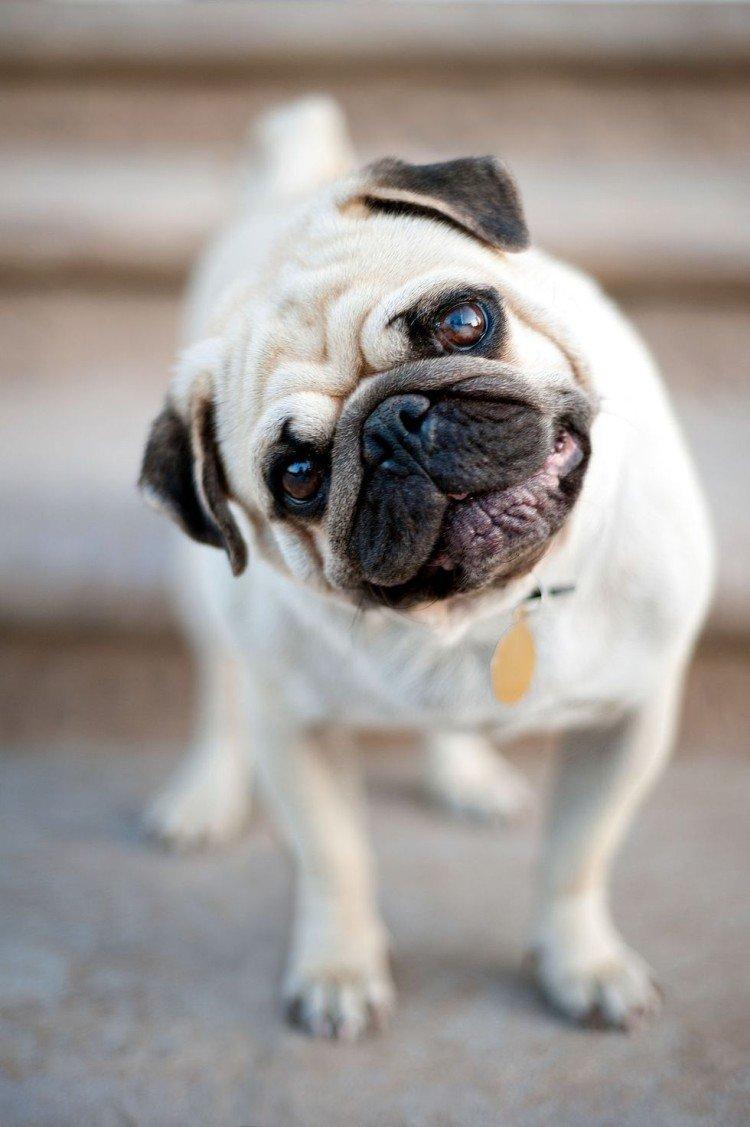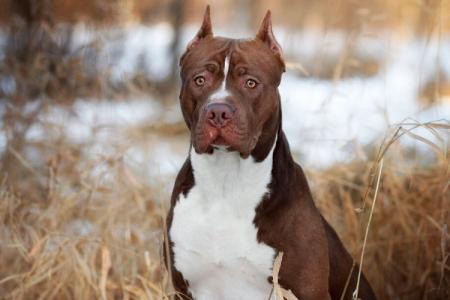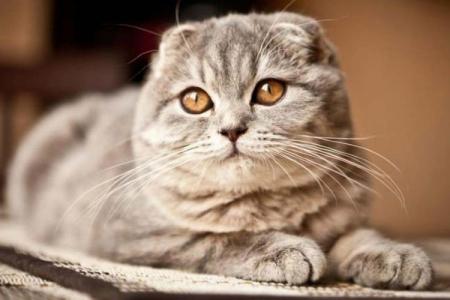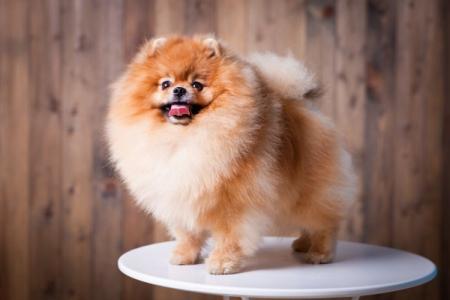
Weird pugs are adored or disliked, but no one remains indifferent! There are many stereotypes and prejudices associated with this breed that we would like to avoid. Therefore, we have collected only important and accurate information so that your pet is always healthy and happy!
General description of the breed
Pugs are a decorative breed from the Molossoid group, which was brought to Europe from China in the 16th century. They are wonderful and loving companions that Queen Victoria adored. They live for 13-15 years.
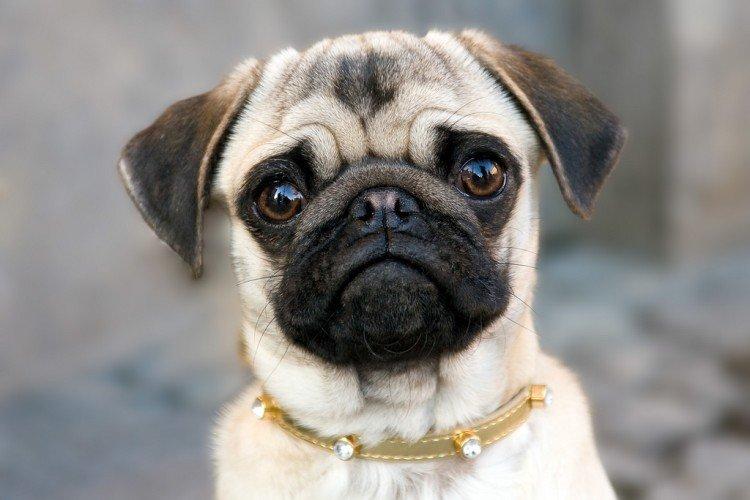
Origin story
Pugs are an ancient breed from China that is mentioned in ancient manuscripts. Presumably, their ancestors were relatives of the Pekingese, who were loved by the local wealthy. Then it was believed that this dog was marked with an imperial sign, because the folds on the forehead were collected in the likeness of a hieroglyph.
In the 16th century, Turkish ships brought pugs to France. And then they came to the Netherlands and became local favorites for the next two centuries. Finally, the fashion for the breed was fixed by the English royal family in the 19th century.
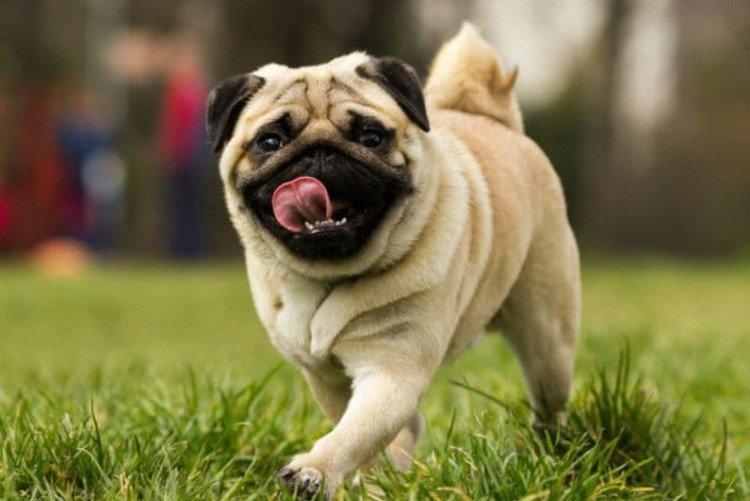
Pug: breed standard
Pugs are quite compact, up to 6-8 kg, with a proportional square body. The height of the dog at the withers is up to 32 cm, although this is not so strictly spelled out in the rules. First of all, a large head is immediately distinguished with a flattened muzzle, a weakly pronounced bridge of the nose and large, wide-set eyes of a dark color.
Thin soft ears fit snugly to the head, and the mouth seems to be slightly skewed. The pug's neck is thick and strong, but with a pronounced nape. The stocky body is muscular and well developed, with a broad chest, a high ringed tail and strong, straight legs.
The thin and smooth yellowish coat is close to the skin. There are also black and silver pugs. But light-colored dogs must have a dark mask and markings.
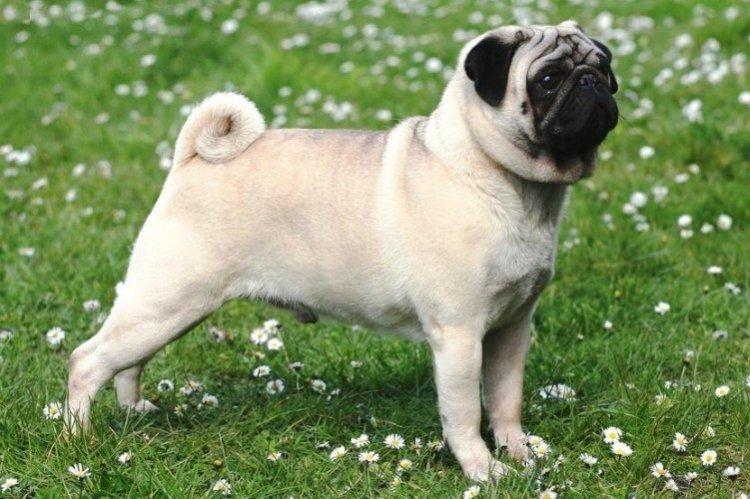
Pug character
Pugs are quite docile and friendly, not aggressive at all and rarely cause problems. If the dog behaves strangely - most likely, there are external reasons for this.
Features and temperament
Pugs only seem awkward and always sleepy, because in fact they are very active, loving and friendly at home. This is a family dog that loves attention and will demand it in every possible way. They do not tolerate long loneliness.
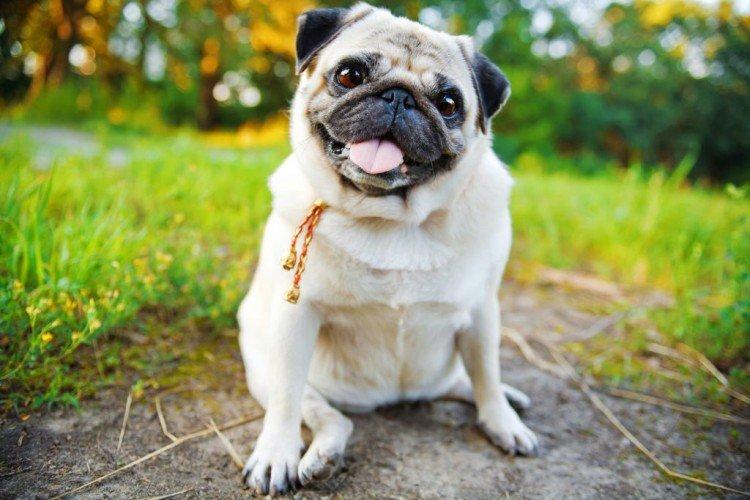
Attitude towards the owner
Pugs adore their owners unconditionally. They are ready to flatter, hug and play for days on end. It is important from early childhood to clearly establish boundaries so that an enthusiastic dog, even in impulses of love, knows exactly what cannot be done and where not to climb.
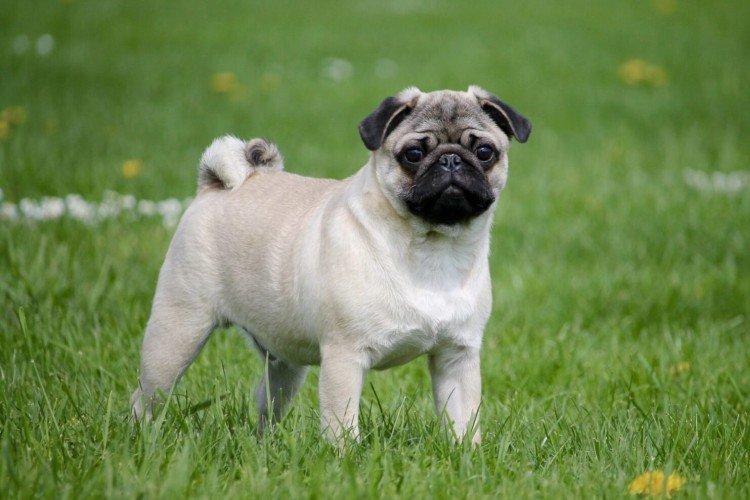
Attitude towards children
Most of the time, pugs love to tinker and play with babies, so they make great nannies for babies. They are patient and forgiving pranks, and in case of danger they are ready to protect the child. But there is a nuance: if the baby appeared in the house much later than the dog, the dog may be jealous, and this cannot be ignored and left to chance.
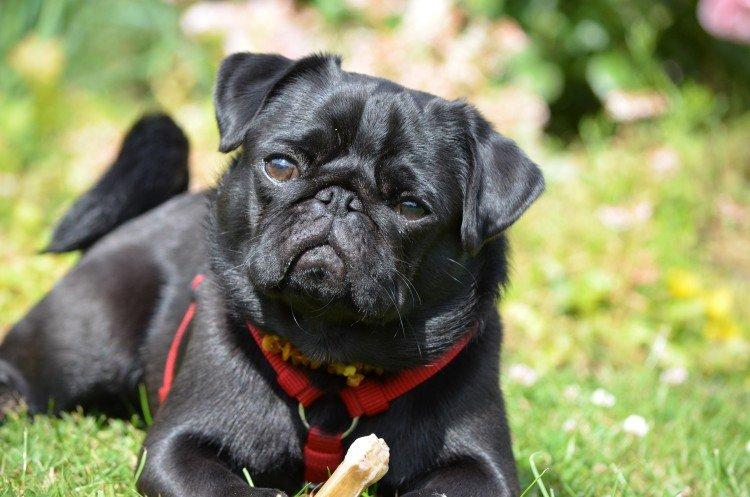
Relationships with other animals
Pugs get along well with other dogs, cats and other animals. But, and as in the case of children, the dog needs to be given enough attention so that it does not become jealous and does not arrange rivalry.
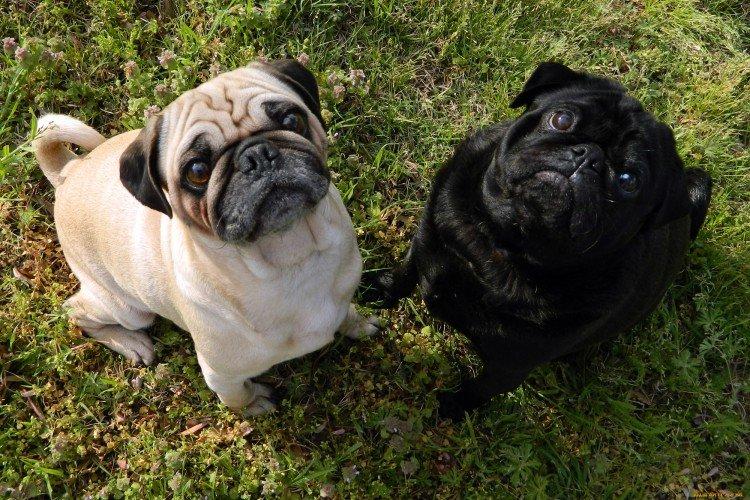
Pug care
Pugs really need specific care. But this is not nearly as difficult as it seems at first glance!
Conditions of detention
The Pug is a completely domestic dog for apartment life. He needs a bed in a warm, cozy place without drafts, but not by the battery. Purchase toys to prevent your dog from chewing everything around, and forbid chewing indiscriminately. A small and quick-witted pug can be trained to go to the toilet in a litter box or on a diaper.

Hygiene
Once a week, the pug needs to be gently brushed out as it sheds a lot.Bathing the dog is often not worth it - just once every 2-3 months. The most difficult thing is to care for the face: you need to clean out the folds with a cotton swab dipped in a mild alcohol-free lotion.
Be sure to check and clean your ears, and if you smell a suspicious smell, contact your veterinarian. The teeth can be cleaned independently or by a specialist. The same goes for claw trimming. It will be useful to periodically give the pug vitamins for the coat and skin.
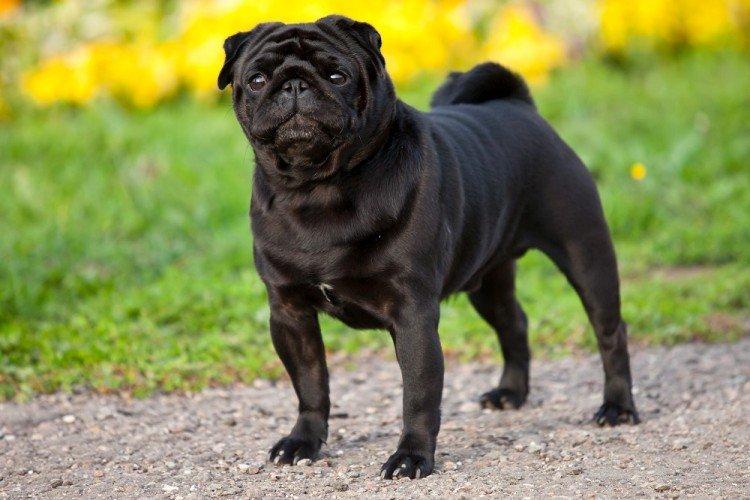
Walking
It is enough to walk with puppies for 5-15 minutes about 4 times a day. You can gradually increase the duration and reduce the frequency, because two half-hour walks are enough for an adult dog. Consider that excessive loads, heat and strong wind are contraindicated for them. But light active games will be very useful and will be the prevention of heart and weight problems.
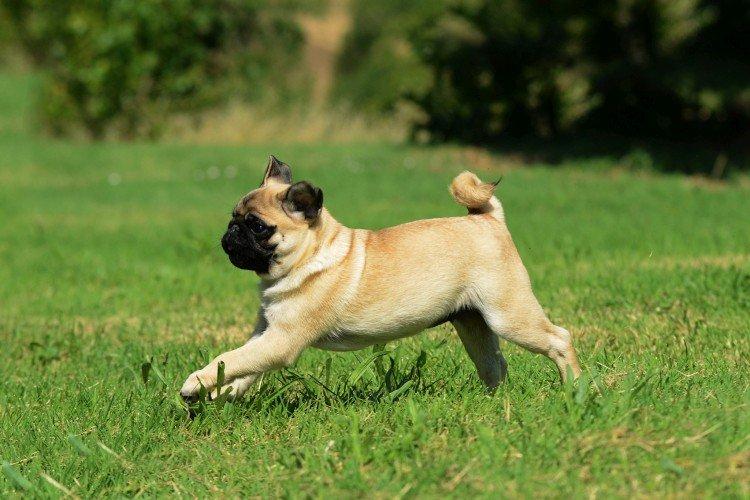
Education and training
Pugs are a decorative breed, so they don't need to be trained as hard as fighting or guard dogs. But the simplest rules of conduct are still needed. By the way, in fact, pugs are very smart, so they will be happy to learn useful commands in a playful way with rewards in the form of a treat.
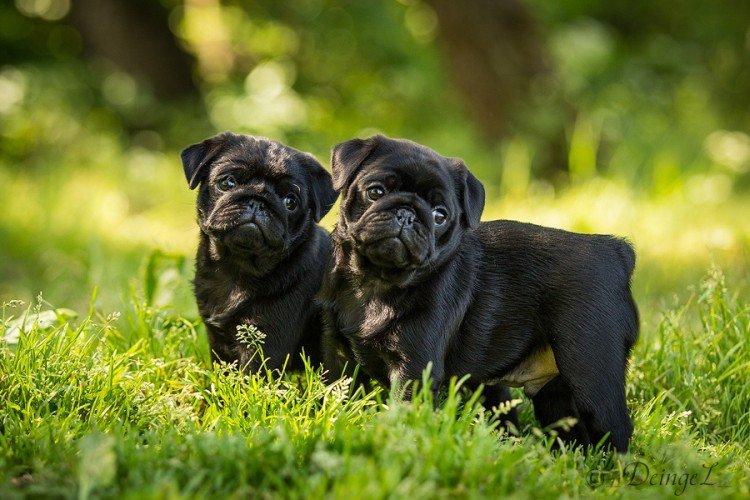
How to feed a pug
Pugs can eat literally anything, but at the same time they have a sensitive digestive system and are prone to obesity. Therefore, do not fall for manipulation and unhappy eyes!
Pugs need solid food - they don't digest soups and stews well. 70% of the diet should consist of meat, moreover, fresh, since they also poorly digest boiled meat. You can't salt meat, but vegetables - you can, if a little. It is recommended to give milk sometimes and fish occasionally.
For puppies, the standard daily food ration is about 5-7% of their weight. For half-year-old dogs - half the amount, and it is better to feed them 5-6 times a day. You can not give pork, but beef, poultry and other lean meat - you can and should. By one year, gradually reduce the frequency of feeding to 2 times.
From vitamins and supplements, the pug needs vitamin A, which supports the development of bones, muscles and organs. Fish oil and B vitamins are also very useful. Vitamin C not only strengthens the immune system, but also ensures good condition of the teeth and musculoskeletal system.
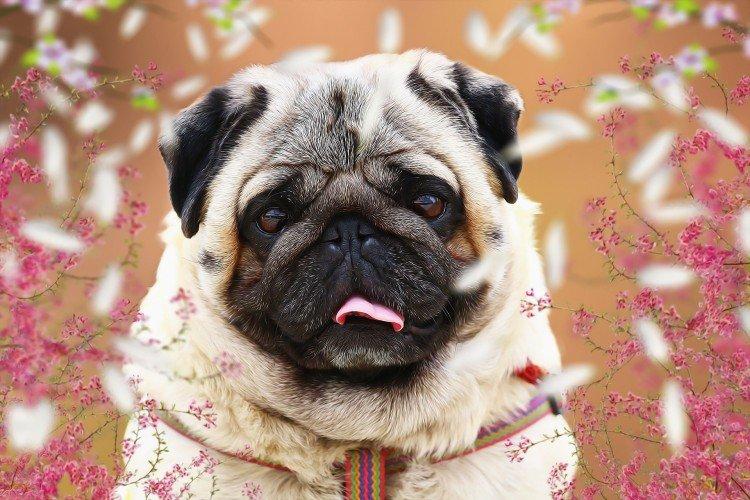
Breed health and disease
Unfortunately, pugs have quite a few health problems. Due to the structure of the skull, they often have difficulty breathing, snoring, and airway problems in general. Their nasal tissues are very soft and sometimes they even need surgery.
Pugs can easily overheat in the heat, and all of their wrinkles must be cleaned out daily. Often there are eye problems - they dry out, the eyelid rolls inward, damage appears on the cornea and iris, and retinal atrophy develops.
If the pug starts having intestinal problems, vomiting and diarrhea, take it to the vet right away. Rarely is encephalitis of the brain, fraught with seizures. Problems with knee and hip joints are common.
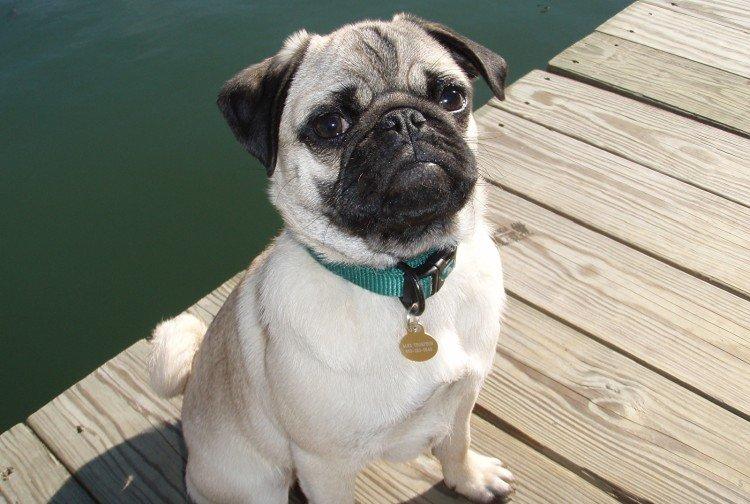
How much is a pug
On average, a pug puppy will cost 13-17 thousand rubles. But if you want a dog with an excellent pedigree and from an elite kennel, get ready to spend all 30-40 thousand.
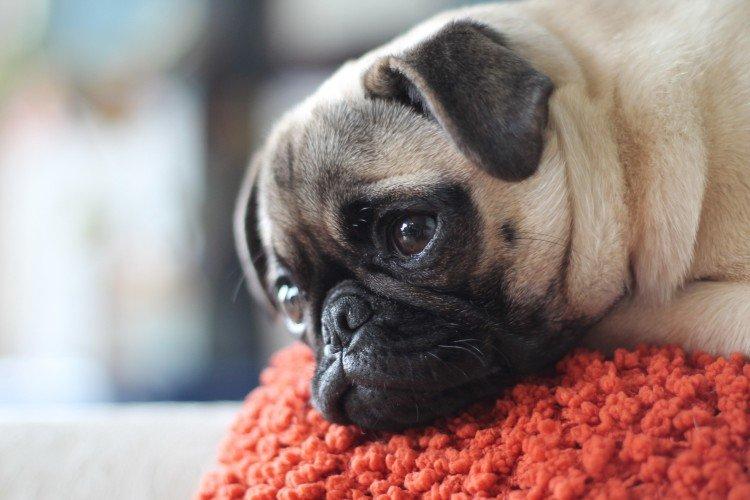
Pugs - photo
Dogs of the pug breed are sheer charm, as you can easily see after our selection of photos!
